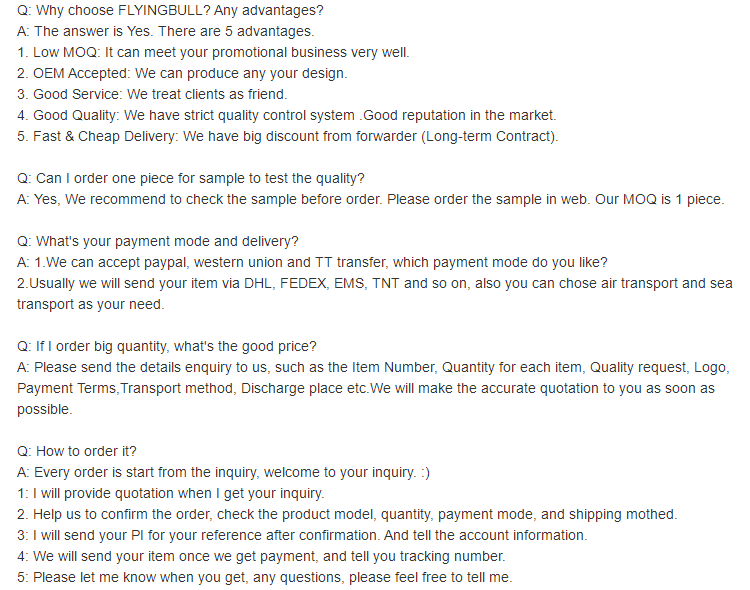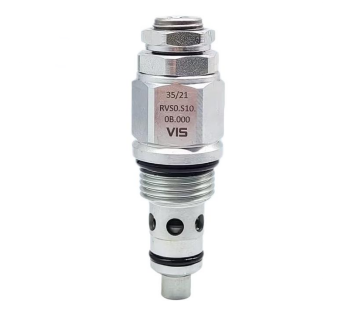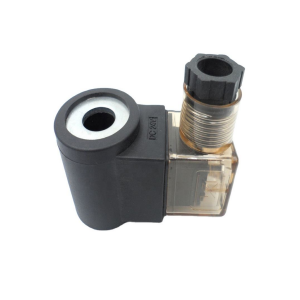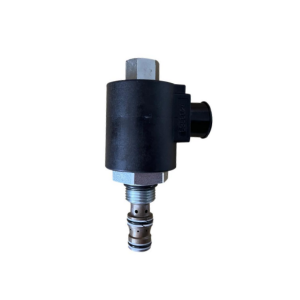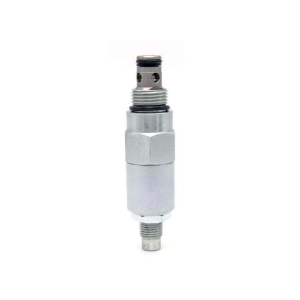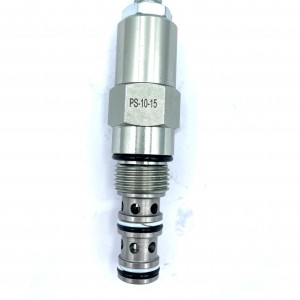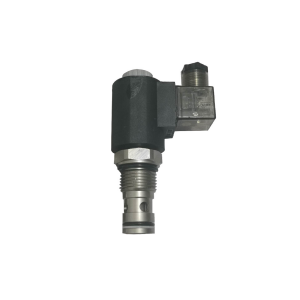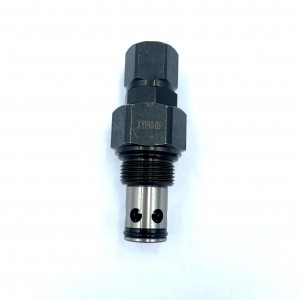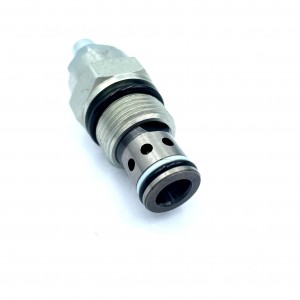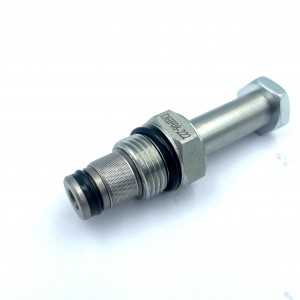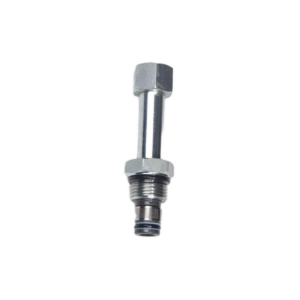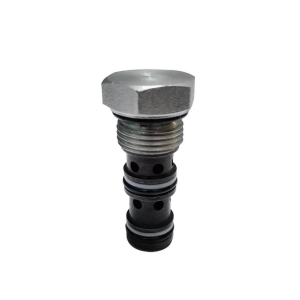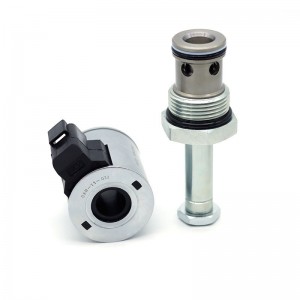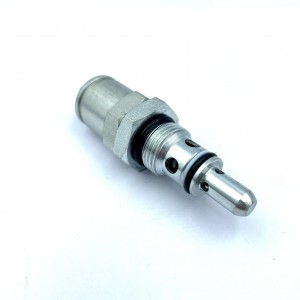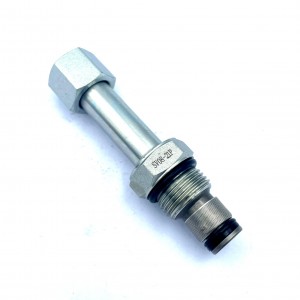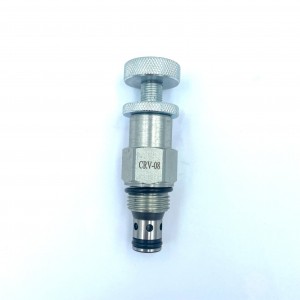Excavator accessories PC120-6 Unloading valve 723-30-56100 relief valve
Details
Sealing material:Direct machining of valve body
Pressure environment:ordinary pressure
Temperature environment:one
Optional accessories:valve body
Type of drive:power-driven
Applicable medium:petroleum products
Points for attention
(1) The principle of direct-acting solenoid valve: When energized, the electromagnetic force generated by the electromagnetic coil lifts the closing part from the seat, and the valve opens; When the power is off, the electromagnetic force disappears, the spring force presses the closing part on the seat, and the valve is closed. Features: It can work normally under vacuum, negative pressure and zero pressure, but generally the diameter does not exceed 25mm.
(2), step by step direct acting solenoid valve principle: it is a combination of direct acting and pilot principle, when the inlet and outlet pressure difference ≤0.05Mpa, power, the electromagnetic force directly the pilot small valve and the main valve closing parts lift up in turn, the valve opens. When the pressure difference between the inlet and outlet is >0.05Mpa, when the power is on, the electromagnetic force first opens the pilot small valve, the pressure in the lower chamber of the main valve rises, and the pressure in the upper chamber decreases, so that the pressure difference is used to push the main valve upward; When the power is off, the pilot valve and the main valve use spring force or medium pressure to push the closing part and move down to close the valve. Features: At zero pressure difference or vacuum, high pressure can also work reliably, but the power is large, requiring vertical installation.
(3) pilot-operated solenoid valve principle: when energized, the electromagnetic force opens the pilot hole, the upper chamber pressure drops rapidly, forming a low and high pressure difference around the closing part, pushing the closing part to move upward, and the valve opens; When the power is off, the spring force closes the pilot hole, and the inlet pressure quickly enters the upper chamber through the bypass hole to form a lower and higher pressure difference around the valve closing part, pushing the closing part to move down and close the valve. Features: The upper limit of the fluid pressure range is very high, but the fluid pressure difference conditions must be met.
Product specification
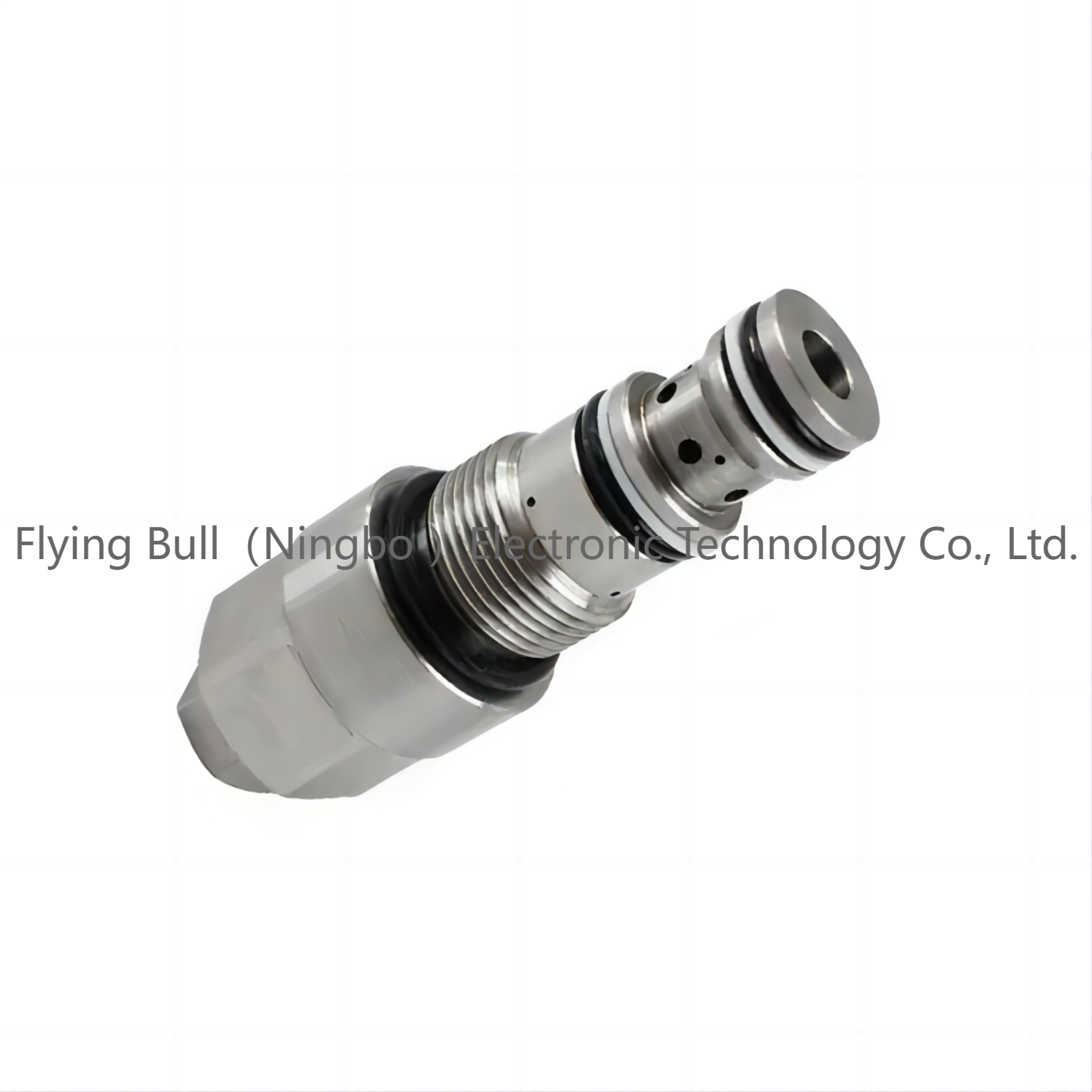
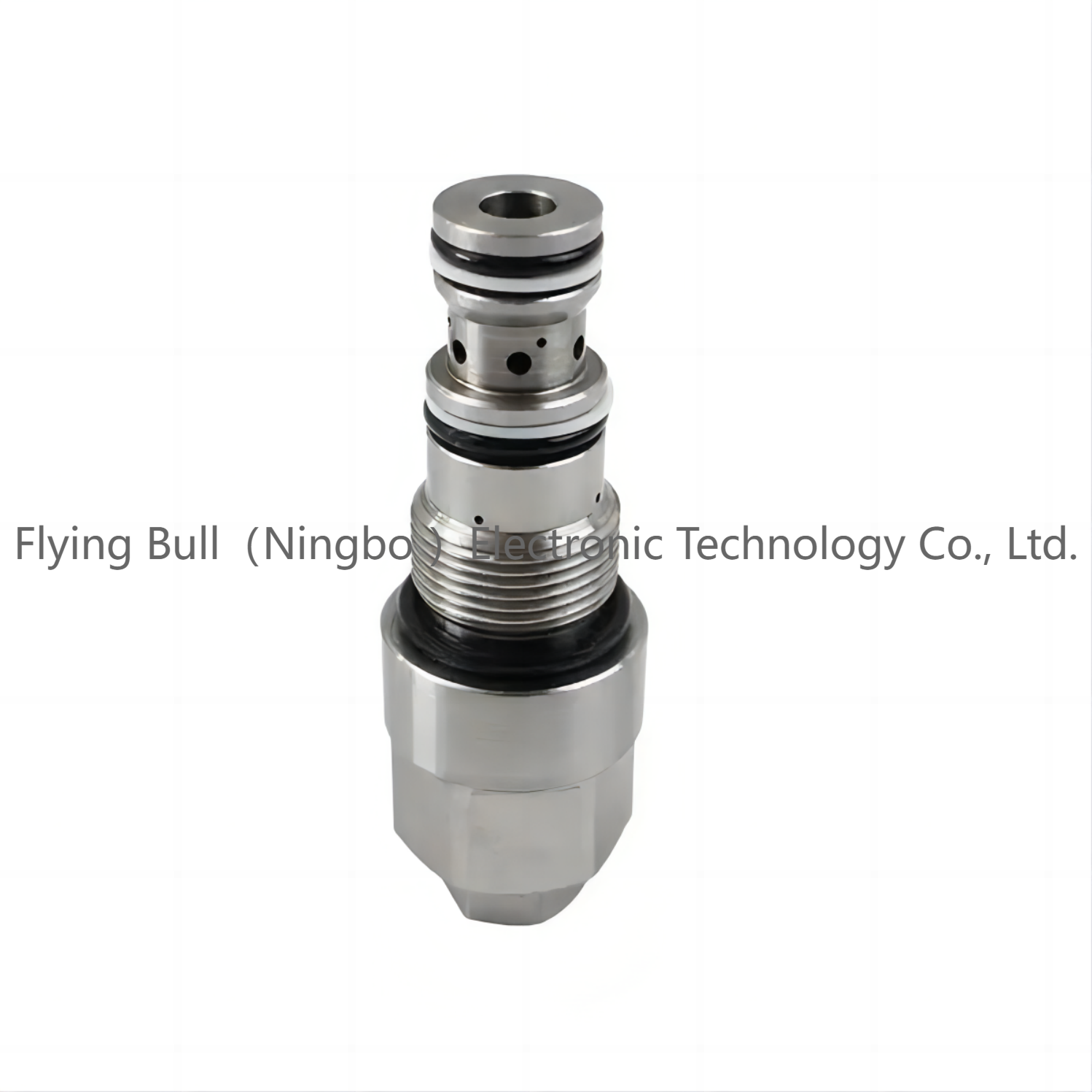
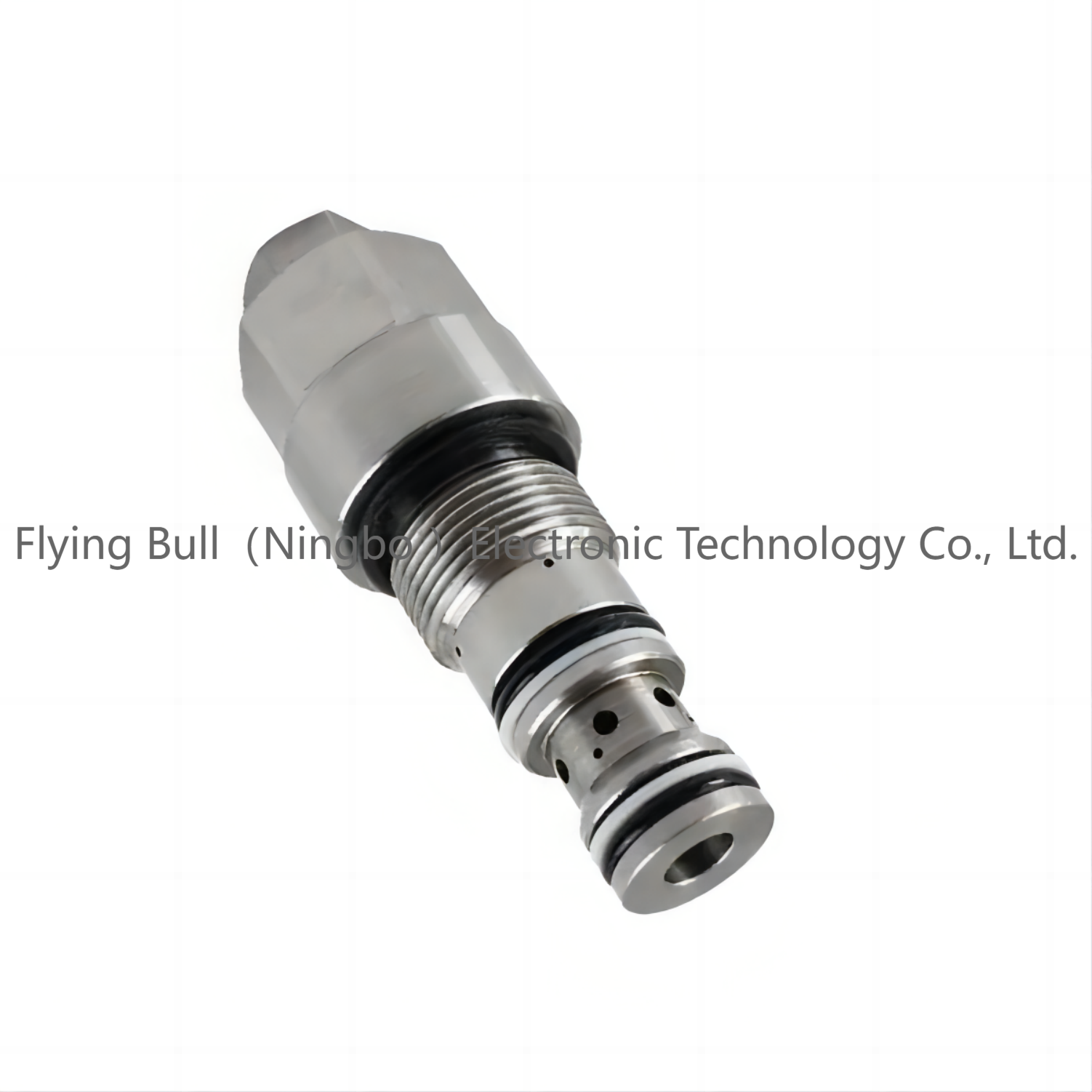
Company details






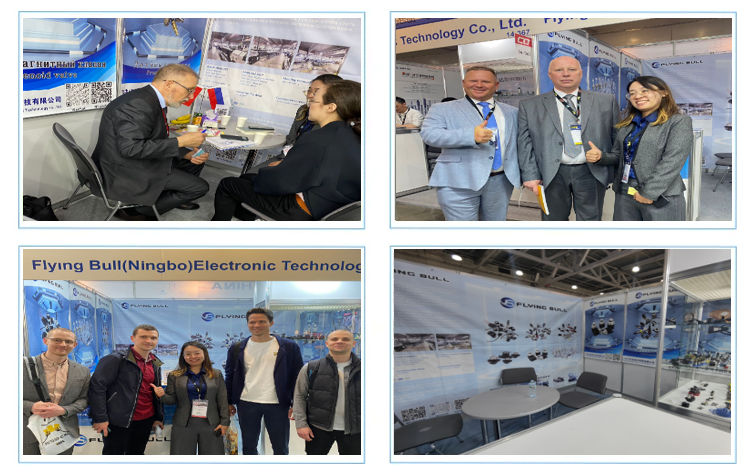

Company advantage
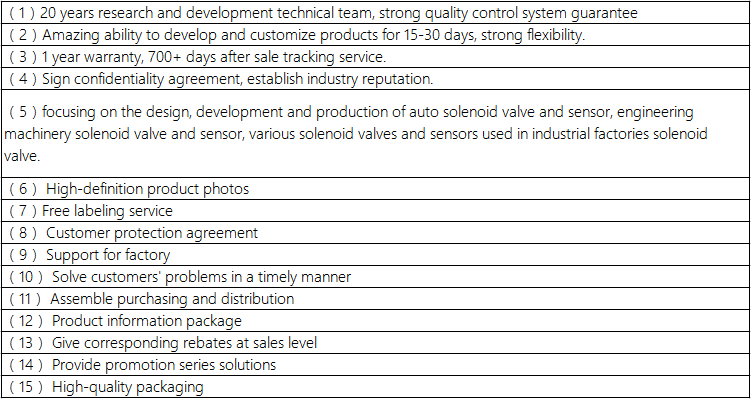
Transportation

FAQ
